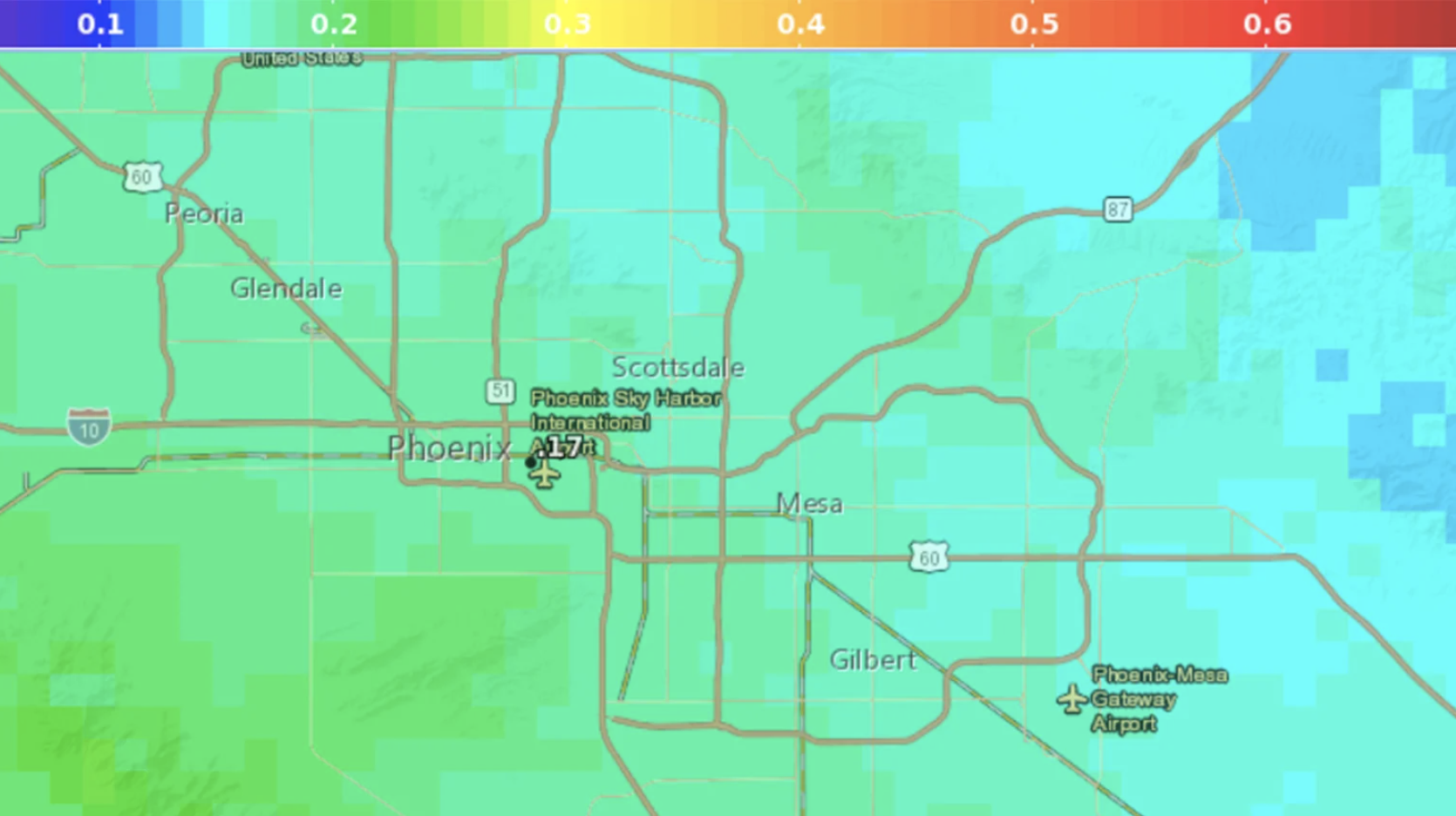USGA – West Update – Don’t FRET, Forecast Reference ET is Right at Your Fingertips
Golf course superintendents use a variety of tools to help them schedule irrigation that meets the needs of the turf and provides quality playing conditions. One of the most widely used pieces of information is the past day’s evapotranspiration (ET) rate, usually calculated by an on-site weather station. While this information is useful, many on-site weather stations are either located in an area that is not representative of the conditions on the golf course – i.e., located in close proximity to buildings, under shade, blocked from wind or on top of a hard surface – or the weather station is not properly functioning, or both. Consequently, the ET data from the weather station at many courses does not provide a good understanding of the actual watering needs.
A new alternative to weather station ET is forecast reference ET or FRET. The National Weather Service offers FRET data on the Graphical Forecasts page of their website. It is one of the options in the digital forecast database display and you can zoom in to find FRET information for your location up to six days in the future. The information is quite accurate, but it is a good idea to compare the data with the readings from your on-site weather station – assuming you have confidence in the data derived from the weather station. An ongoing study led by Dr. Benjamin Wherley at Texas A&M University recently confirmed the accuracy of FRET data and stated that, “Year-one results indicate National Oceanic and Atmospheric Administration forecasted reference evapotranspiration (NOAA FRET) is a reliable predictor of actual reference evapotranspiration (ETo).”
Hopefully, using FRET will help you to more effectively schedule irrigation at your course. Best wishes to all and please do not hesitate to contact your regional USGA agronomist for more information on using FRET or any other agronomic practices.
This article was originally written with USGA here by Brian Whitlark.
West Region Agronomists:
Brian S. Whitlark, agronomist – bwhitlark@usga.org
Cory Isom, agronomist – cisom@usga.org
Information on the USGA’s Course Consulting Service
